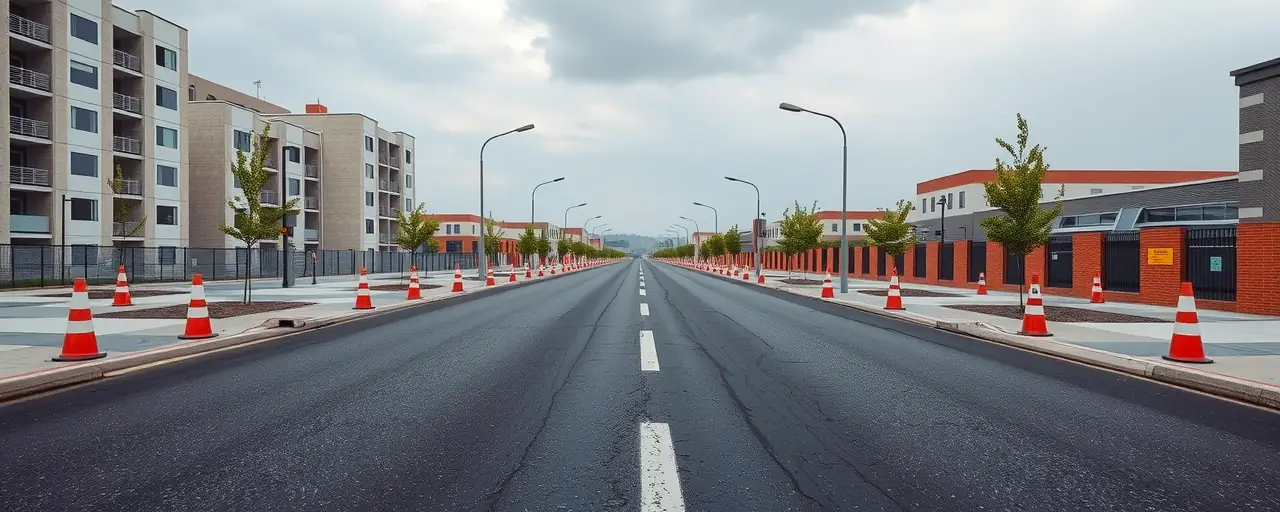A Bold Step Toward Progress
On May 29, 2025, the Supreme Court delivered a unanimous verdict in Seven County Infrastructure Coalition v. Eagle County that reshapes America’s future. By confining the National Environmental Policy Act (NEPA) to evaluating only a project’s direct environmental effects, the Court sliced through layers of bureaucratic red tape. Highways, pipelines, and airports, critical to our nation’s growth, can now advance without being strangled by endless reviews. This decision champions taxpayers, workers, and everyone who values action over inertia.
For years, environmental advocacy groups have exploited NEPA to delay projects that fuel our economy. Justice Kavanaugh’s majority opinion brings clarity, rejecting the notion that agencies must chase far-fetched climate impacts, like emissions from unrelated activities halfway across the world. A pipeline in Utah shouldn’t be stalled over speculative refining emissions elsewhere. The Court’s ruling ensures agencies focus on what’s real and immediate, not hypothetical scenarios spun by activists.
The Crushing Weight of Overregulation
Since its passage in 1969, NEPA has ballooned from a sensible oversight tool into a bureaucratic quagmire. Environmental Impact Statements, once averaging 150 pages in the 1980s, now routinely exceed 600 pages by 2020. The Uinta Basin rail project’s 3,600-page review, still deemed insufficient by litigious groups, shows how NEPA’s sprawl fuels delays and inflates costs. These aren’t just paperwork burdens; they’re barriers to jobs and economic growth.
The economic impact is undeniable. Lengthy reviews drive up expenses, scare off investors, and postpone projects like the Mountain Valley Pipeline, which faced years of lawsuits over negligible issues. The Supreme Court’s decision aligns with the Trump administration’s 2025 interim rule, which scrapped decades of excessive regulations. By prioritizing efficiency, the ruling frees energy and infrastructure projects from the chokehold of endless litigation.
Reason Over Climate Alarmism
Environmental advocacy groups and Democratic lawmakers decry the ruling, arguing it sidelines climate change and harms vulnerable communities. They insist NEPA must tackle cumulative emissions and broad ‘environmental justice’ issues. Yet their reasoning crumbles under examination. Holding a single highway project accountable for global climate trends is neither practical nor fair. These groups often use NEPA to block development, ignoring the workers and families who depend on affordable energy and infrastructure.
The ruling fits a larger pattern of rejecting overzealous regulation. The 2024 end of Chevron deference and the EPA’s March 2025 rollback of 31 climate rules, including vehicle emissions standards, show a commitment to evidence-based policy. Global emissions won’t be curbed by paralyzing American projects with speculative fears. The Court’s decision keeps agencies focused on tangible impacts, not chasing shadows cast by exaggerated climate narratives.
Building a Stronger Tomorrow
This ruling paves the way for a thriving America. By streamlining NEPA, the Court unlocks the potential of the Infrastructure Investment and Jobs Act, which directs nearly $50 billion toward resilient transportation and water systems. States like California demonstrate that targeted adaptation can address environmental needs without halting progress. Why let distant climate anxieties derail projects when we can build smarter, faster, and stronger?
Congress must seize this opportunity by advancing reforms like the BUILDER Act, which sets firm deadlines and curbs frivolous lawsuits. Such policies would cement the Court’s victory, ensuring energy, highways, and pipelines move forward without delay. Americans deserve infrastructure that matches our vision, not regulations that trap us in a bygone era of bureaucratic excess.
Choosing Prosperity Over Paralysis
Critics of the ruling warn of pollution and climate disasters, but their claims lack substance. NEPA was designed to inform decisions, not to freeze progress under the pretext of environmental perfection. The Supreme Court’s decision restores that balance, empowering agencies to act pragmatically. Affordable energy, reliable transportation, and a robust economy demand that we reject the litigation-driven status quo.
This moment is about America’s capacity to build and lead. The Court has cleared a path for innovation and growth. Lawmakers, agencies, and citizens must now act to preserve this momentum. Will we embrace practicality and prosperity, or let fear and bureaucracy prevail? The choice is clear.
The Supreme Court has set the stage for a new era. Let’s reject green gridlock and build an America that thrives.
